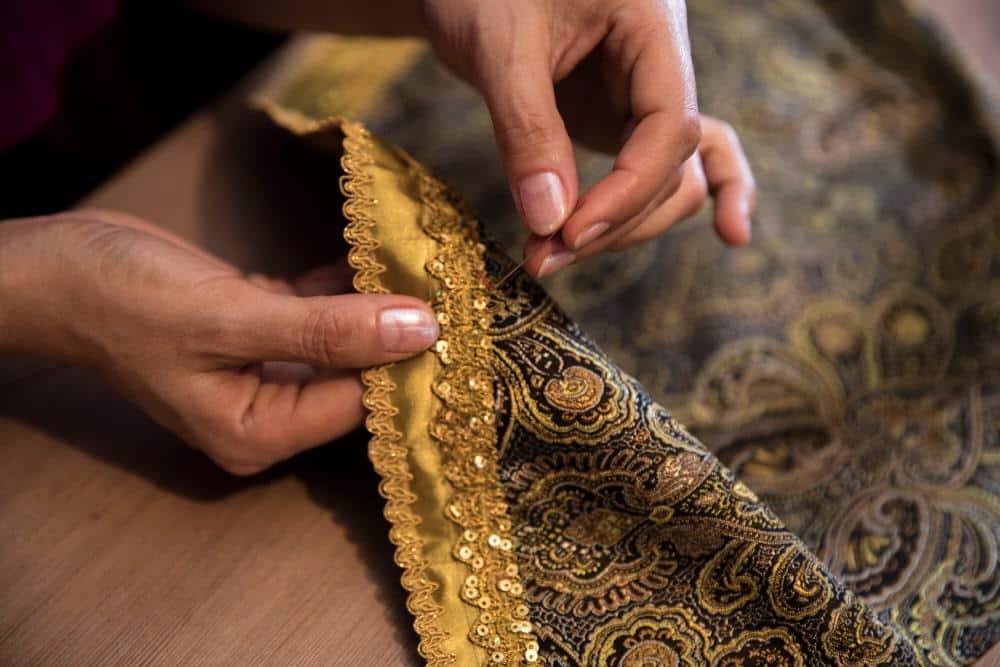
Reviving Traditional Textile Techniques
In a world shaped by rapid technological advancements, there is a growing appreciation for preserving our cultural heritage and reviving traditional arts and crafts. Traditional textile techniques, honed and perfected over generations, hold a treasure trove of cultural knowledge and artistic excellence.
In this article, we delve into the revival of these time-honored techniques, celebrating their resilience and the skilled artisans who keep these traditions alive.
Weaving
Weaving, one of the oldest textile techniques, is a testament to human ingenuity and craftsmanship. From intricate tapestries to vibrant textiles, weaving embodies the essence of cultural heritage. Across the world, artisans are reviving traditional weaving techniques, blending ancient patterns with contemporary aesthetics.
An inspiring example is the ikat technique, practiced in various cultures, such as Indonesia and India. Ikat involves tying and dyeing threads before weaving, resulting in mesmerizing patterns and designs. Modern artisans are breathing new life into ikat, creating innovative interpretations that honor the tradition while appealing to modern sensibilities.
Block Printing
Block printing is a traditional technique that involves carving intricate designs onto wooden blocks, which are then used to print patterns onto fabric. This method, prevalent in countries like India and China, offers a unique charm and versatility, allowing artisans to create captivating motifs.
The revival of block printing has gained momentum, with artisans exploring contemporary designs and eco-friendly practices. For instance, the art of block printing in India’s Rajasthan region has witnessed a resurgence. Craftsmen use natural dyes and sustainable practices, ensuring the preservation of traditional techniques while embracing environmental consciousness.
Embroidery
Embroidery, with its delicate needlework and intricate patterns, has long been an integral part of textile heritage worldwide. It is a medium through which artisans express their creativity and cultural identity.
Across the globe, embroidery techniques like Kantha from Bengal, Hmong embroidery from Southeast Asia, and Mexican Otomi embroidery are experiencing a renaissance. Artisans are reimagining these age-old techniques, infusing them with contemporary designs and experimenting with materials. The revitalization of embroidery not only preserves cultural heritage but also provides sustainable livelihoods for skilled artisans.
Conclusion
The revival of traditional textile techniques is a testament to the enduring beauty and cultural significance of these age-old crafts. Through the efforts of artisans and a growing appreciation for heritage, these techniques continue to flourish in the modern world.
By supporting and celebrating the artisans who preserve and innovate these traditional methods, we contribute to the preservation of cultural diversity and sustainable craftsmanship.
Experience the magic of traditional textile techniques with Vatsal Exports LLP. Discover exquisite textiles crafted using time-honored methods and support artisans dedicated to preserving our rich textile heritage.
